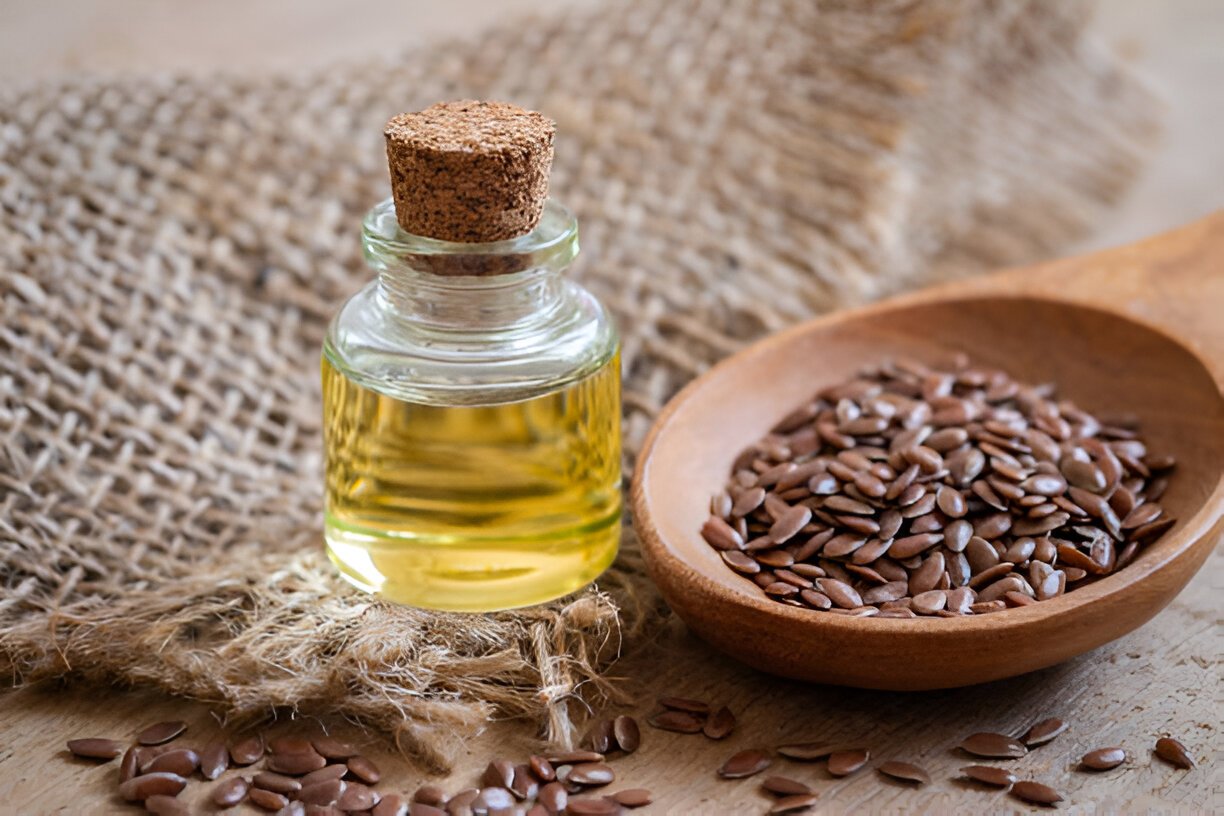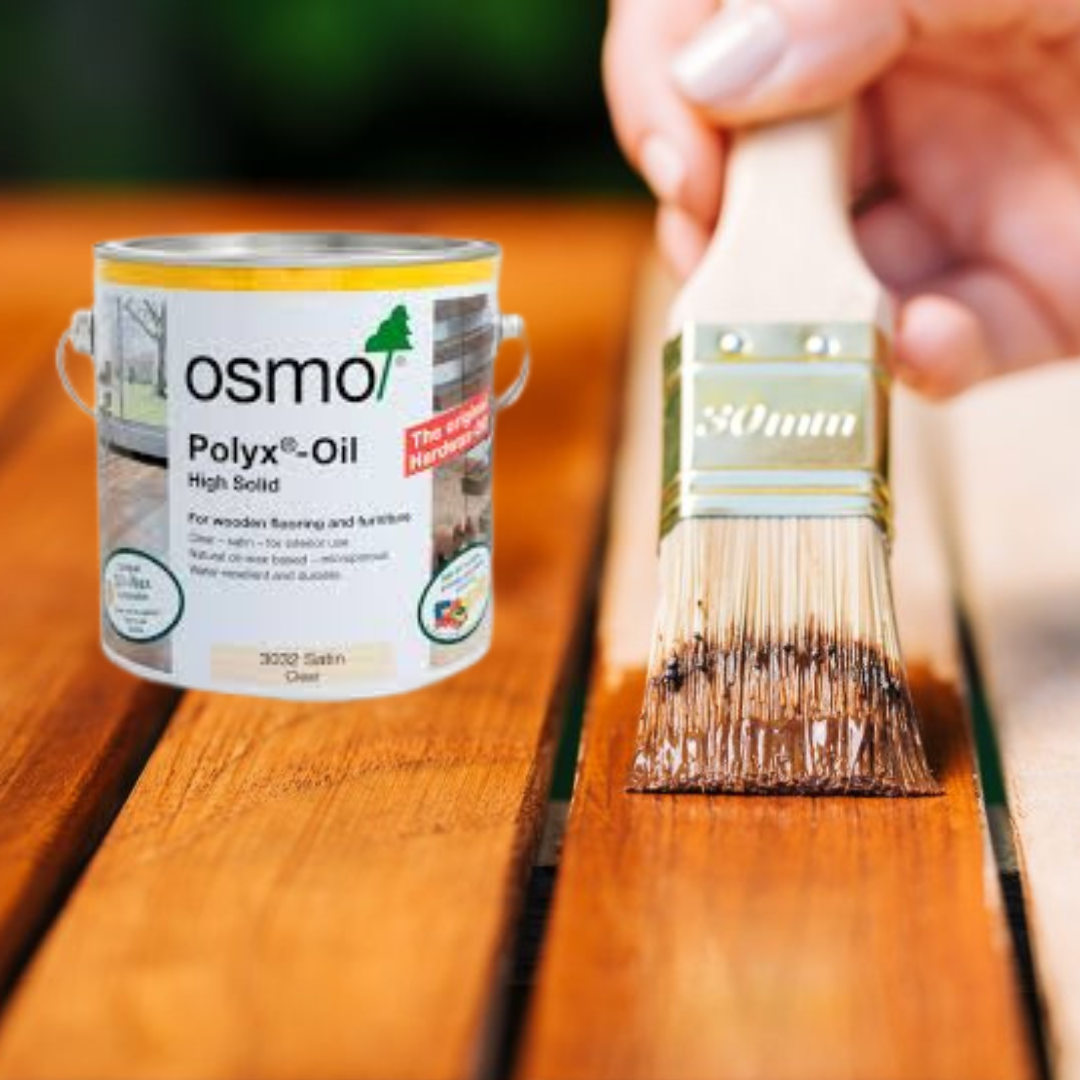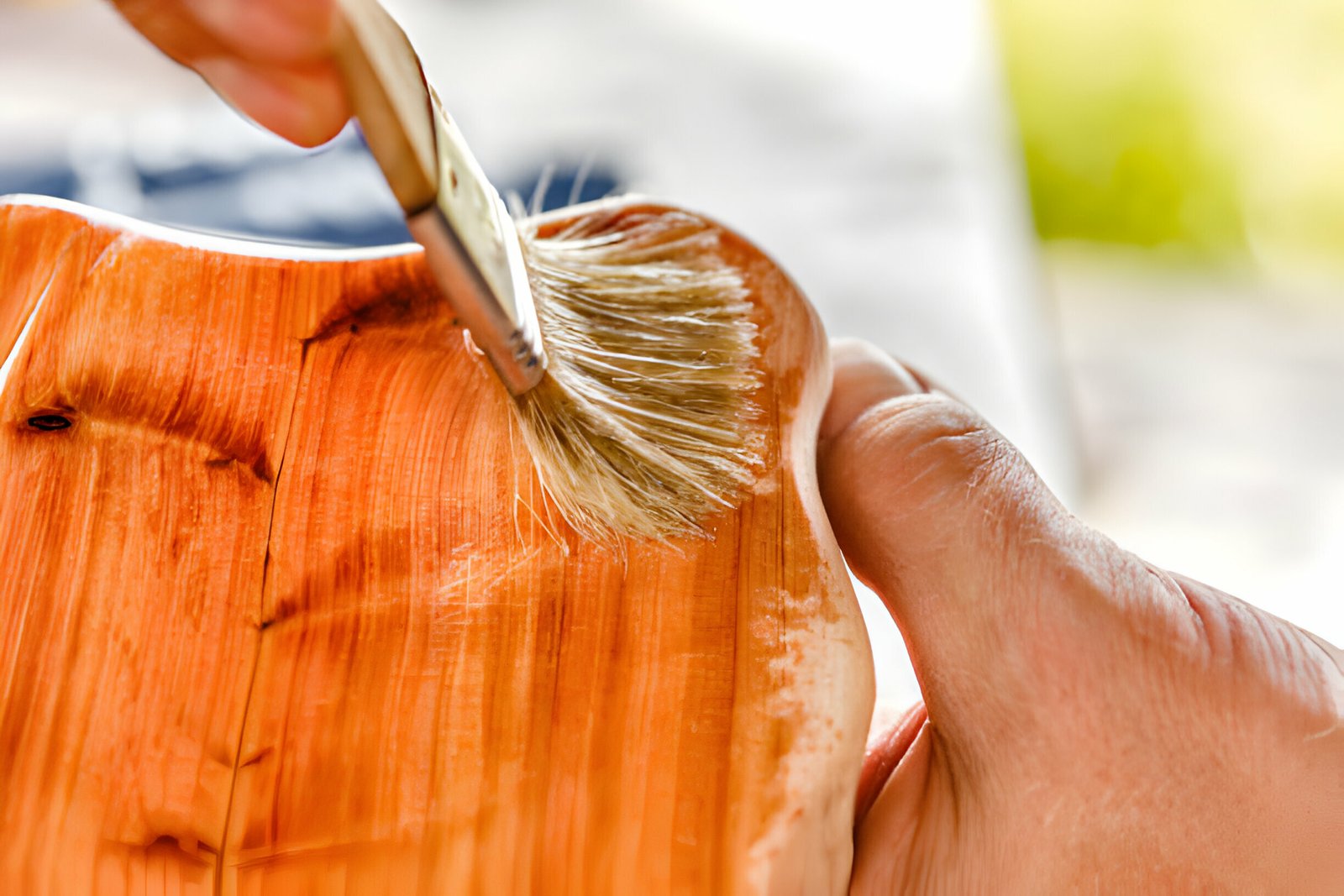Linseed oil, a popular natural product used in wood finishing and protection which is, made from flax plant (Linum usitatissimum). It exists mostly in two forms: boiling linseed oil (BLO) and raw linseed oil.
Unlike raw linseed oil, which might take weeks to completely dry, the latter is treated using heat and metallic driers to improve its drying time, therefore making it more appropriate for practical uses.
Types of Linseed Oil :
1. Raw Linseed Oil
Description: Extracted free from heat treatment or additions, raw linseed oil is the purest form of linseed oil.
Uses: Although it has a somewhat slow drying time and takes many weeks to completely cure, it is frequently employed as a drying agent in paints and varnishes. This long drying time makes wood finishing generally not advised.
2. Boiled Linseed Oil (BLO)
Description: Boiled linseed oil, or BLO, is raw linseed oil heated and combined with drying agents—such as manganese or cobalt—to quicken the drying process.
Uses: Usually within a few days, boiled linseed oil dries faster than raw linseed oil, so it is used frequently for treating wood. But given the additions, it is not food-safe.
3. Double-Boiled Linseed Oil
Description: Often used as a marketing word rather than a specific product, double-boiled linseed oil is the description for an oil that has been cooked more than once. Still, this offers no actual advantages above ordinary boiled linseed oil.
4. Polymerized Linseed Oil
Description: This kind of polymerized linseed oil is produced by heating raw linseed oil in the absence of oxygen at high temperatures (about 300°C) over many days, therefore increasing its viscosity and lowering drying time without additions.
Uses: If no additions are used, polymerized linseed oil is food-safe and non-toxic, hence it is appropriate for cutting boards.
5. Sun-Bleached or Sun-Thickness Linseed Oil
Description: Sun-Thickness or Sun-Bleached This kind of oil is produced by several months of sunlight exposure for raw oil, so improving its flexibility and lowering of yellowing.
Uses: Although its processing technique results in different visual aspects, it can be utilized just as other linseed oils.
6. Danish Oil
Description: Usually combining boiled linseed oil with tung oil, Danish oil offers a hard-wearing finish that varies in quality depending on the maker.
Uses: Usually used as a wood primer or finish to produce a satin-like look.
7. Stand Oil
Description: Made by heating linseed oil without air, a modified form of which becomes viscous liquid that dries to an elastic sheet.
Uses: Fine art painting and varnishing benefit from stand oil’s smooth application qualities and yellowing resistance.
Benefits of Applying Linseed Oil to Wood
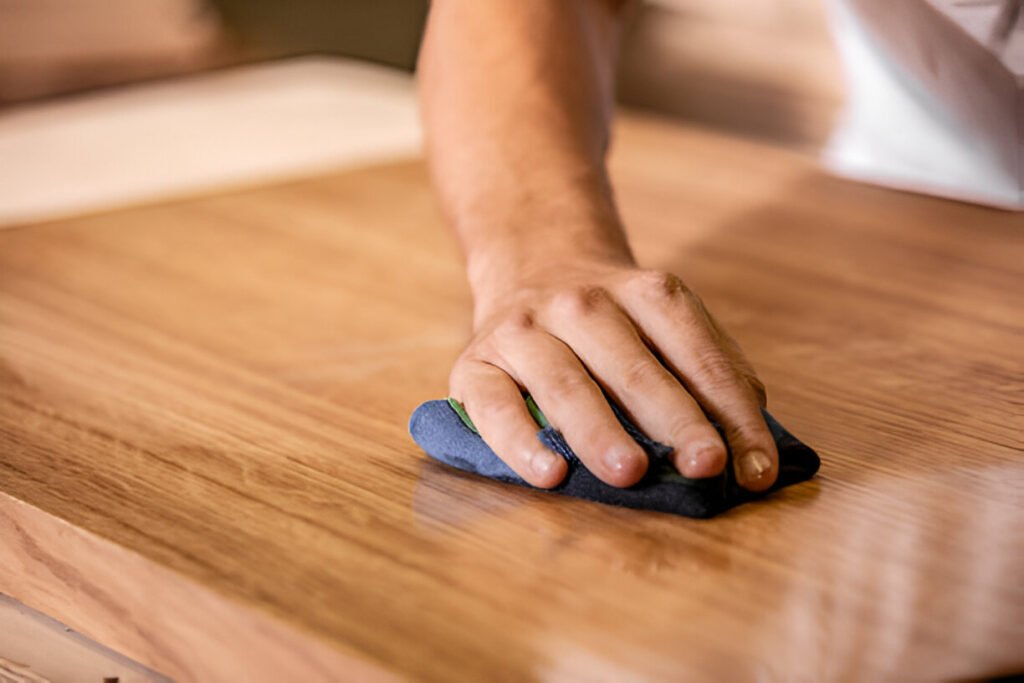
1. Improves look.
Improves Color and Grain: Linseed oil emphasizes the grain of wood and improves its natural color, therefore producing a richer, more textured appearance. For furniture and decorative objects especially, this quality appeals highly.
Creates a Natural Finish: The oil penetrates deeply into the wood, the oil produces a “wet look” that enhances the features of the wood without building a heavy surface layer like certain synthetic finishes.
2. Protection Against Elements
Water Resistance: By means of a waterproof coating, linseed oil helps to guard wood against moisture damage. For outside furniture and constructions subjected to the elements, this is very helpful.
Prevents Cracking: Keeping the wood wet helps this oil prevent drying and cracking, therefore extending the lifetime of wooden products.
3. Non-Toxic and Eco-Friendly
Natural Composition: Compared to many synthetic finishes, linseed oil is non-toxic and environmentally friendly having come from flax seeds. This makes usage near kids and animals safe.
Food Safe Options: Raw linseed oil is safe for surfaces that come into touch with food, so it is appropriate for kitchen tools such cutting boards; cooked linseed oil should be avoided in such uses because of additives.
4. Ease of Application
Simple to Use: Easy DIY undertakings are made possible by linseed oil’s easy application with a rag or brush. It’s forgiving throughout application, so even beginners are able to use it.
.Repairable Finish: If the finish becomes worn or damaged, reapplication is simple and can be done without extensive preparation.
5. Flexibility and Durability
Adapts to Wood Movement: Flexibility in linseed oil lets it fit the natural expansion and contraction of wood brought on by humidity and temperature variations, therefore guaranteeing long-lasting protection without breaking.
.Deep Penetration: Unlike surface treatments that just cover top of the wood, linseed oil penetrates deeply and strengthens the wood fibers from within.
Also read: Teak Oil vs Tung Oil: Which Wood Finish is Best for You?
How to Apply Linseed Oil on Wood
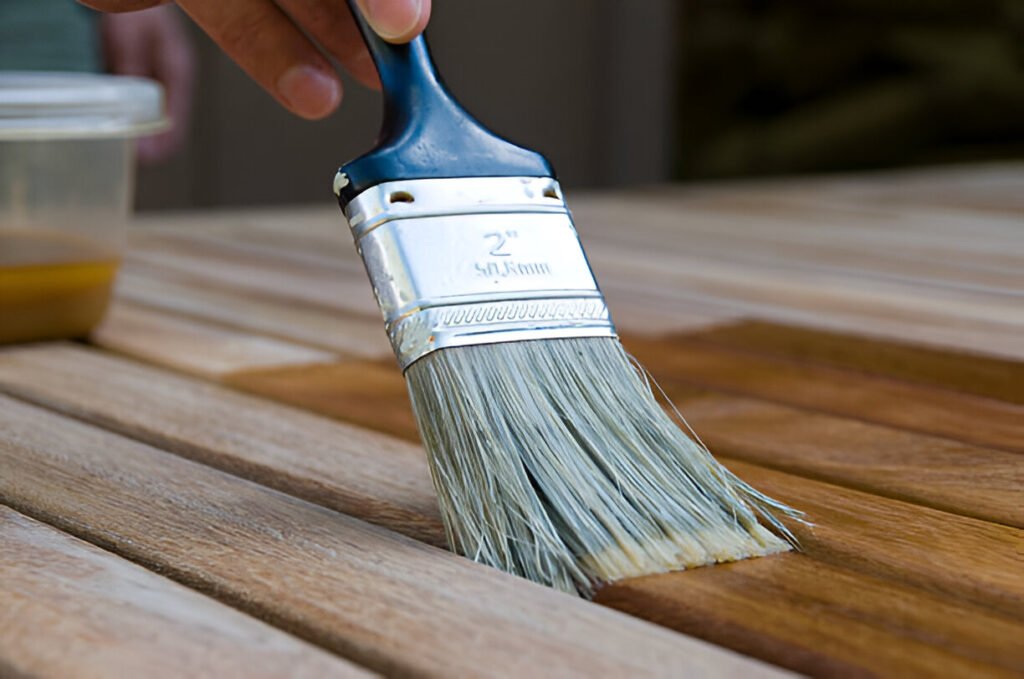
Preparation Steps
Choose the Right Linseed Oil: Decide on the correct linseed oil. Choose from raw or boiling oil. Usually applied for wood finishing, boiled oil dries faster.
Prepare the Wood Surface:
Sand the Wood: Sand the wood surface with fine-grit sandpaper (220 grit or above), removing any old finishes or rough areas. This facilitates higher oil penetration.
Clean the Surface: To guarantee a proper bond with the oil, wipe the wood with a fresh, moist cloth to eliminate dust and dirt.
Application Process
Wear Protective Gear: Use protective gear always; gloves will help to guard your skin from oil and guarantee simple cleanup.
Apply the Linseed Oil:
Apply the oil with a brush or a fresh cloth. If using a cloth, dip it into the oil and, following the grain direction if at all feasible, rub it into the wood in circular motions.
To keep control and guarantee consistent covering, work in small sections—about 12″x12″.
Let It Absorb: Let the oil lay on the surface for roughly fifteen minutes. This allows it time to pierce the wood fibers somewhat deeply.
Wipe Off Excess Oil: After 15 minutes, wipe any extra oil that hasn’t absorbed into the wood with a fresh rag. This stops formation of a sticky residue.
Repeat Application: Apply several thin layers—usually three coats are advised—for best effects. Before adding the next layer, let each one dry totally 12. Drying times vary; so, refer to the product instructions.
Post-Application Care
Drying Time: Once the last coat is applied, let it cure completely before handling or laying objects on the surface. Based on the type of linseed oil used and the surroundings, this could take several days.
Maintenance: Reapply this oil as necessary, particularly on surfaces subjected to lot of wear or moisture exposure.
Maintaining Linseed Oil Finish on Wood
Periodic Reapplication: Reapply every 6–12 months for optimal protection.
Cleaning Linseed Oil-Finished Wood: Use a moist towel to maintain cleanliness.
Avoiding Common Mistakes: Try not to overapply and ensure proper drying conditions.
Related Article:
10 Easy Steps to Apply Osmo Polyx Oil
8 Potential Drawbacks of Using Linseed Oil
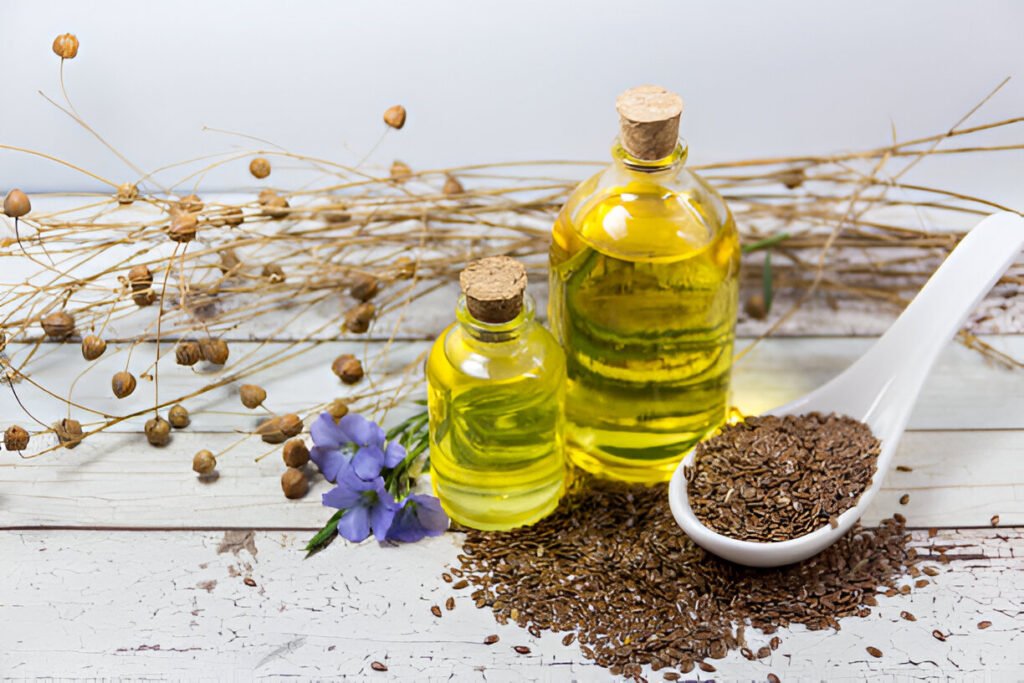
1. Long Drying Time
Depending on environmental factors including temperature and humidity, linseed oil has a notably long drying time—often several days to weeks—that will completely cure. For those who want to finish work fast, this slow process might be aggravating since it may call for several applications with long intervals between.
2. Tacky Residue
During the drying phase, this oil can remain tacky or sticky for an extended period, attracting dust, dirt, and lint. This can lead to a messy finish and may necessitate additional cleaning or sanding before the final coat is applied.
3. Darkening Over Time
As Linseed oil ages, it often darkens wood surfaces. Particularly in light or variable temperatures, this yellowing effect may change the natural color of the wood and be unfavorable for some treatments.
4. Susceptibility to Water Damage
Though it offers some degree of water resistance, this oil is not waterproof. Extended water contact can cause damage including warping, swelling, or wet stains on the wood surface. Furthermore left on linseed-oiled surfaces are challenging-to-remove water rings from cold glasses.
5. Mildew Growth
If not kept correctly, it might produce conditions fit for mildew development. Mildew finds the oil itself a food source, particularly in warm and humid environments, which can cause unattractive mold on treated surfaces.
6. Limited Abrasion Resistance
The finish given by this oil is not durable enough to resist wear efficiently. This makes it less appropriate for high-traffic areas or surfaces like flooring or outdoor furniture that suffer a lot of wear and tear.
7. Difficult Removal
Eliminating linseed oil from wood can be difficult should refinishing be required later. Without careful sanding or chemical removal techniques, multiple applications might produce a gummy residue difficult to totally remove.
8. Fire Hazard
If rags soaked in linseed oil not be disposed of correctly, there is a chance of spontaneous combustion. This is a fire risk needing careful handling and disposal methods.
FAQs
1. What is the drying time for linseed oil on wood?
Depending on the kind of oil used, drying times for every coat vary between 24 and 48 hours.
2. Can linseed oil be used on all types of wood?
Yes, softer woods could absorb more oil and demand for more coatings.
3. How many coats of linseed oil are recommended for wood?
Typically, 2–3 coats are sufficient for most projects.
4. Is linseed oil safe for food-contact surfaces?
Once cured, raw linseed oil is food-safe; boiled linseed oil is not because of chemical additions.
5. What is the difference between raw and boiled linseed oil?
Boiled linseed oil includes additives for quicker drying; raw linseed oil dries slowly.
Also read:

